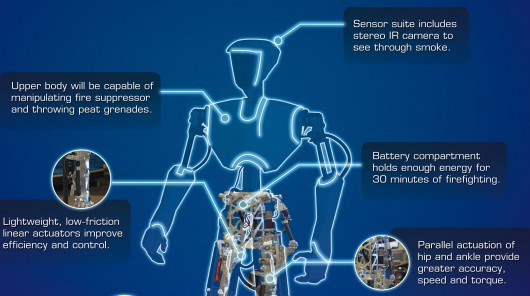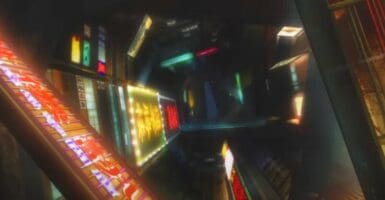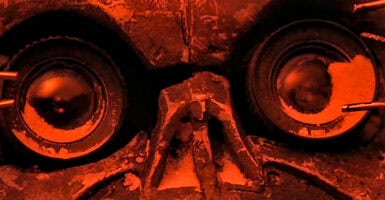U.S. Navy Has Laser Weapons On Their Ships, See Them In Action
After years of testing the US Navy's laser weapons are ready to go into action. They're so ready they've started posting videos of ships firing lasers, and it's an awe-inspiring site.
This article is more than 2 years old

After years of testing the US Navy’s laser weapons are ready to go into action. They’re so ready they’ve started posting videos of ships firing lasers, and it’s an awe-inspiring site.
Below is a video of the Navy’s most recent laser demonstration, aboard the USS Portland stationed in an unnamed location in the Pacific Ocean. The Portland uses the laser to destroy a drone, with no problem at all. Watch…
The Navy has been working on its Laser Weapons System for a while now, and they first deployed their new prototype back in 2014. Back then it was mounted on the USS Ponce to test the system in the Persian Gulf. The Laser Weapons System (LaWS) had already undergone successful tests, hitting targets in the air and sending them to the ground in flaming heaps. The Navy has also experienced success with the LaWS’s tracking and targeting systems.

Does anyone else think this is a potentially terrible idea? I still think that maybe cannons are the way to go, or a team of naval pirates.

Lasers aren’t the only recent technological innovation in use by the Navy. They’ve also developed a team of robotic firefighters that they’ve been testing. The Shipboard Autonomous Fire-fighting Robot (SAFFiR) is able to complete numerous tasks similar to the ones in the DARPA robotics challenge, such as turning valves, carrying and using a fire hose, spraying down flames, and using their vision system to locate survivors.

Currently, there are two versions of the five-foot-tall robot, designed jointly by researchers at Virginia Tech University, Universities of California, Los Angeles, and the University of Pennsylvania. The robot is intended to work alongside human firefighters, but can be exposed to more extreme heat and smoke than its counterparts. Both robot versions will be tested this summer on the USS Shadwell, a decommissioned naval vessel that is frequently set on fire to provide a testing platform for such equipment. That’s one hell of a retirement for an old ship. Given that the cylons haven’t attacked yet, I suppose decommissioned ships don’t have much opportunity for glory.












